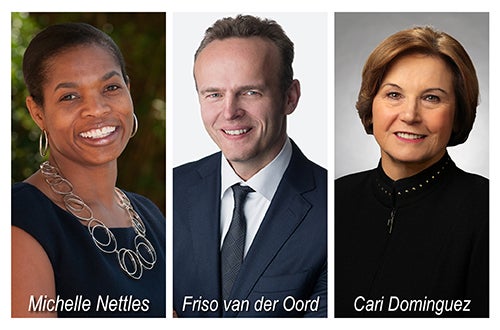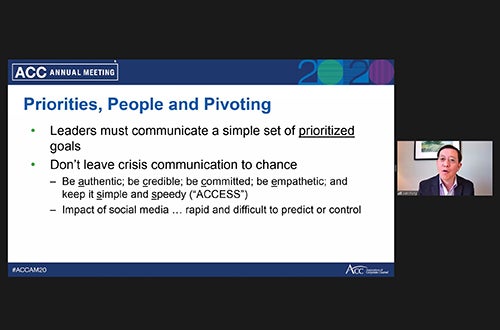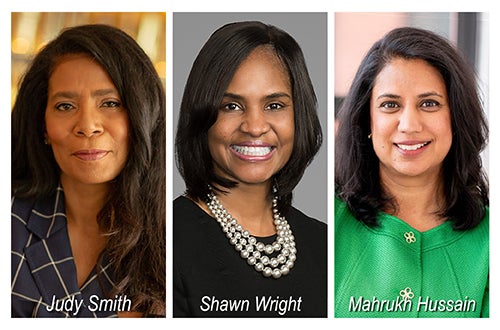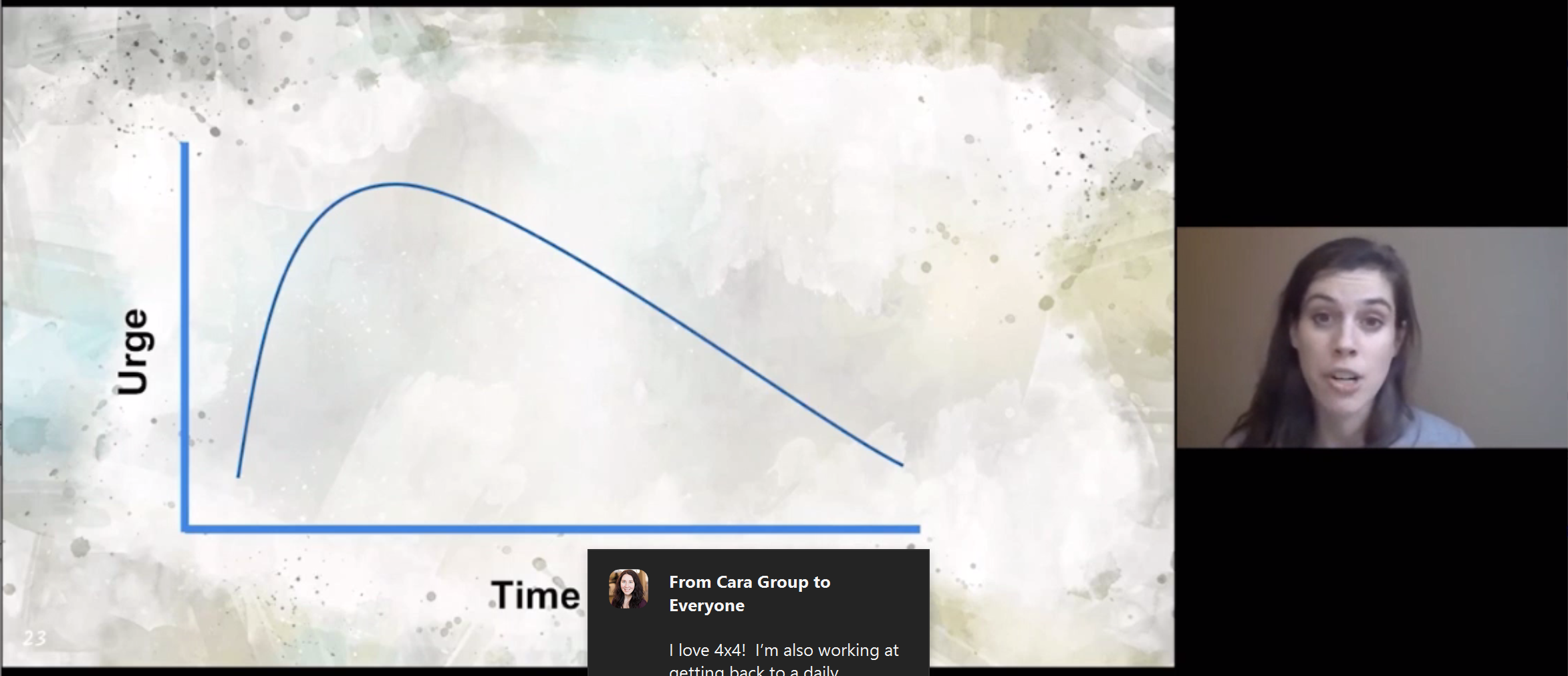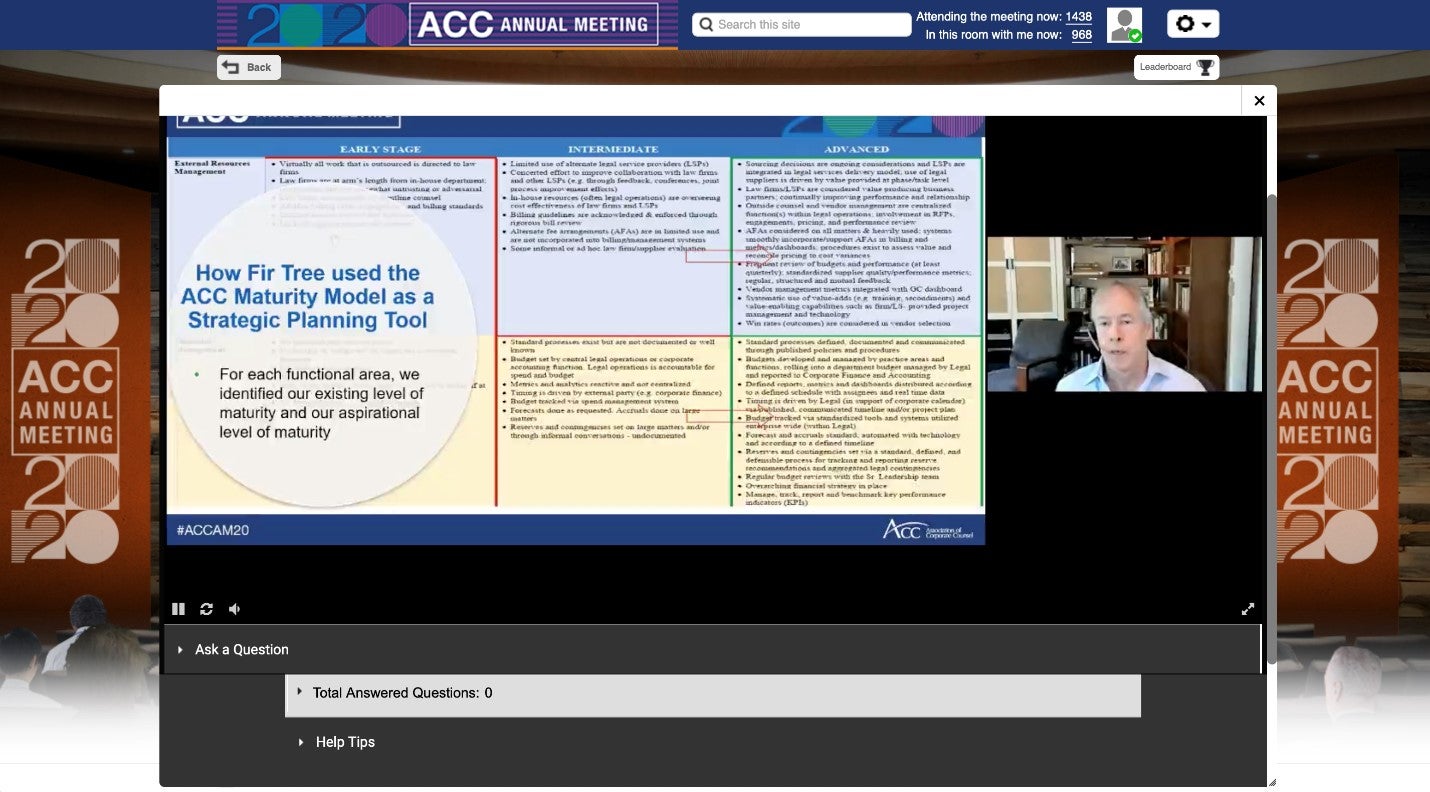Highlights from the #ACCAM20 Virtual Meeting, including recaps of keynote speakers and popular sessions.
Registered for the meeting? Login and view these sessions and more in the Replay Café! As a registered attendee, you'll have access to the ACC Virtual Annual Meeting platform until Jan. 31.
